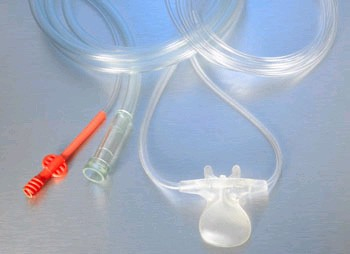I was on a call recently for an unresponsive female with an unknown downtime. HX of ETOH abuse and family members stated "she was on meds for it", there was no evidence of alcohol on scene. Nor an evidence of an overdose
She remained unresponsive, had irregular respirations at a rate of about 10, a pulse of about 120, O2 SAT of 100%. I don't remember the BP but it was not hypotensive. She also had some moderate irregular jerking of her right side limbs. My partner said "drug overdose or a head bleed...lets go" and we did. At the hospital, it was discovered (by the family) that she actually drank brake fluid.
The thing I don't understand is that her ETCO2 was 9. She had a perfusing rhythm and had some level of respiration (though inadequate, she ended up being tubed). Satting 100% she was moving blood and air....why would her CO2 be only 9? could the brake fluid interfere with that measurement?
She remained unresponsive, had irregular respirations at a rate of about 10, a pulse of about 120, O2 SAT of 100%. I don't remember the BP but it was not hypotensive. She also had some moderate irregular jerking of her right side limbs. My partner said "drug overdose or a head bleed...lets go" and we did. At the hospital, it was discovered (by the family) that she actually drank brake fluid.
The thing I don't understand is that her ETCO2 was 9. She had a perfusing rhythm and had some level of respiration (though inadequate, she ended up being tubed). Satting 100% she was moving blood and air....why would her CO2 be only 9? could the brake fluid interfere with that measurement?

